
.svg)
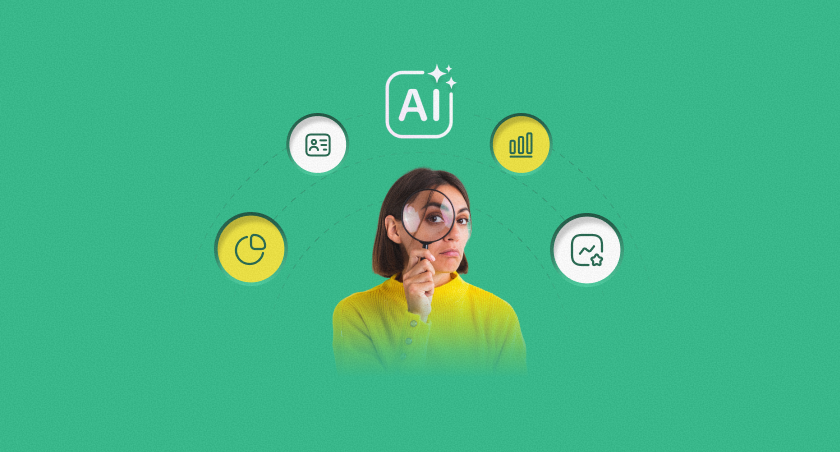
AI Overviews have redefined the rules of search visibility, and now ranking high on SERPs is not enough. Now, you need to optimize your answers for AI-driven search, or else your organic pipeline will decline, regardless of your high ranking. Visibility now happens inside the answer, not just the results page.
Google AI Overviews instantly summarize search intent, often without the user needing to click through to websites. This means that your page should be optimized for it so the algorithm recognizes your content as authoritative, contextually relevant, trusted, and well-structured.
Many websites ranking #1 in traditional SERPs never appear in AI Overviews. Common reasons include weak direct answers, thin sourcing, and structures that are hard for AI to analyze. Thus, you need on-page SEO for AI Overviews strategies to achieve online visibility efficiently.
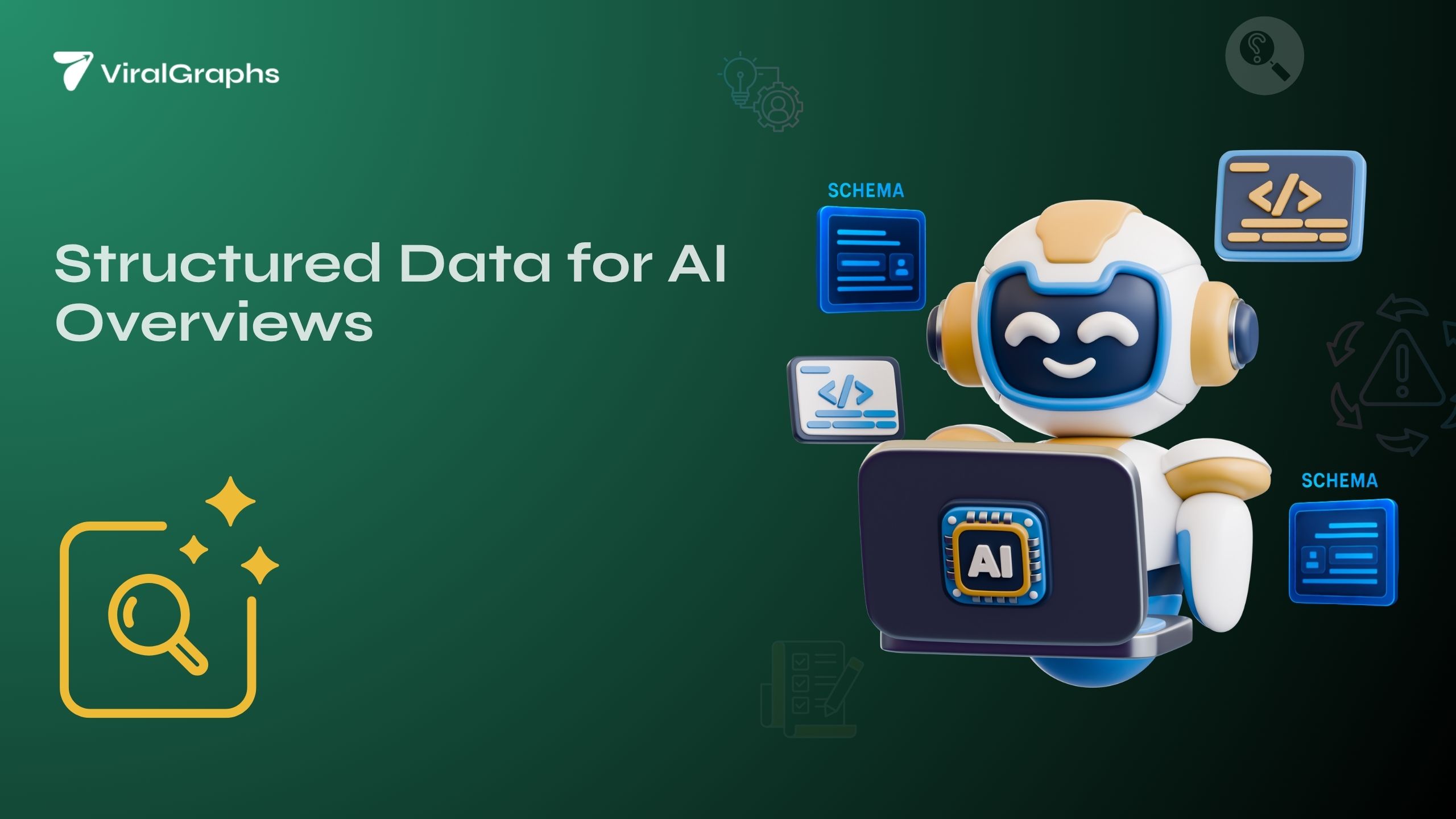
Schema turns your content into entities and attributes that Google can trust at crawl time. Without it, you’re essentially speaking to the AI in long and unformatted paragraphs, and expecting it to guess what’s important.
Schema markup translates your content into AI-readable entities (FAQ (decision support), HowTo (procedural), Product (offer), Course (education), Breadcrumb, WebSite (sitelinks search box)), making it easier for AI to identify, understand, reference, and cite your page in AI-powered search optimization.
Example: An online university listing its “MBA Program Details” with Course schema and “How to Apply” with HowTo schema gives Google AI Overviews pre-structured, ready-to-quote data that outranks generic blog descriptions.
Many brands think adding JSON-LD once is enough. In reality, structured data must be updated every time the content changes to keep your AI search visibility optimization intact.
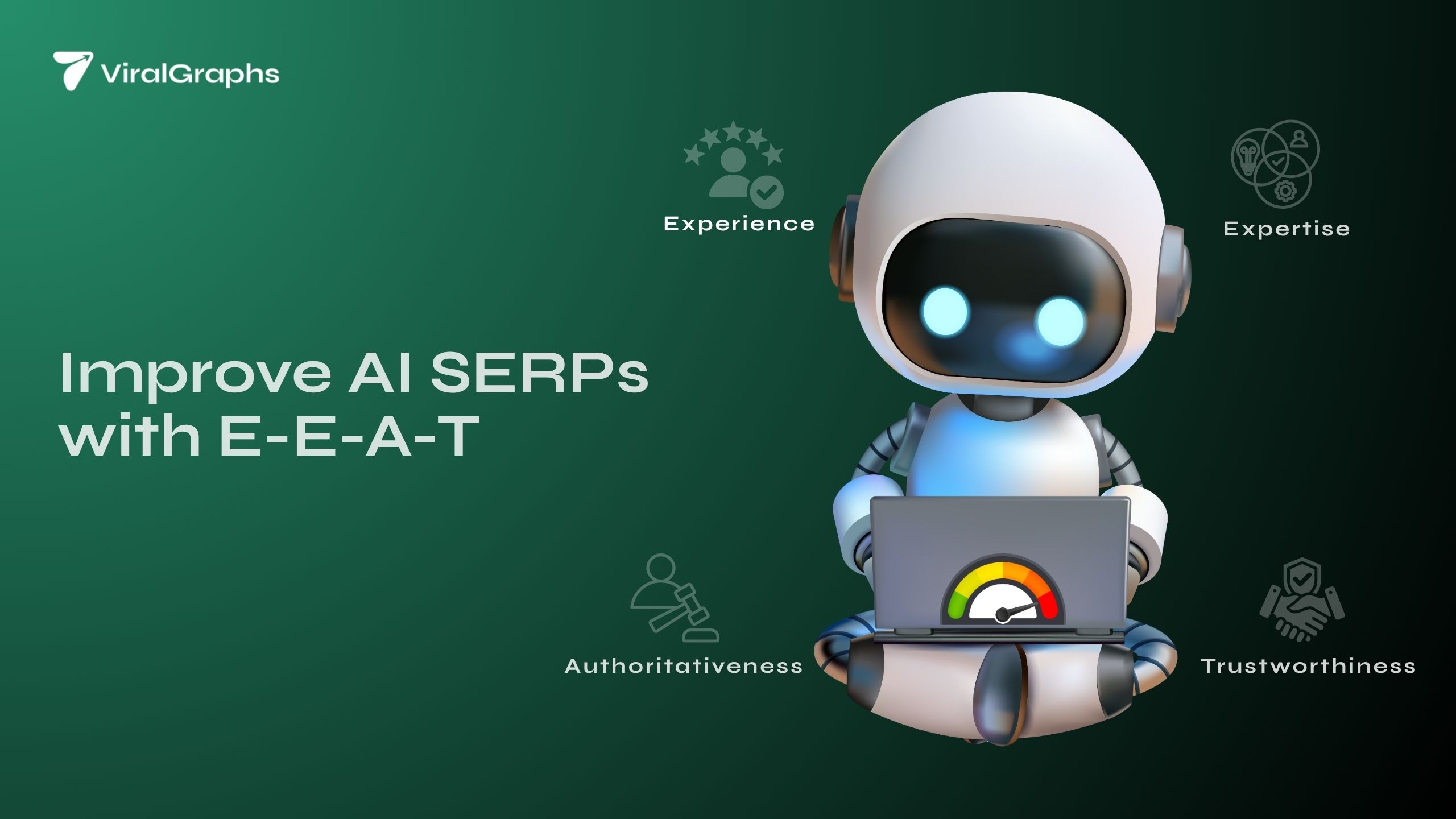
When it comes to AI-generated search results, E-E-A-T (Experience, Expertise, Authoritativeness, and Trustworthiness) is a core ranking factor for Google AI Overviews.
Align on-page claims with off-page corroboration (associations, patents, conference talks), as AI models prioritize sources they can verify as consistent and credible, even if those sources don’t hold the top spot in traditional SERPs.
Example: A blog on “Best Diet for Diabetes” authored by a generic content writer may rank in traditional search, but AI Overviews will likely cite a registered dietitian with verifiable credentials, references to peer-reviewed studies, and an About page linking to professional associations.
Brands often focus on keyword density but forget credibility density. AI is counting signals that you are the most trustworthy voice in that niche.
Too many great articles never make it to AI Overviews, not because the content lacks value, but because the formatting makes it hard for AI to extract and display clear answers.
Content formatting is about SGE (Search Generative Experience) optimization, so AI can extract, summarize, reference, and display your content cleanly inside Google AI Overviews. Open with a 40 to 60-word ‘Answer Box’, then expand.
Poorly structured pages, even if informative, are often skipped because AI models struggle to identify clear and direct answers.
Example: For “Best Cities to Visit in Europe in Winter,” an unordered list of cities with one-sentence summaries will likely be pulled into an AI Overview, whereas a long narrative paragraph will not.
Many marketers pack multiple subtopics into one long paragraph, forcing AI to either shorten the answers or skip the content entirely. Clear segmentation equals higher AI search visibility optimization.
Poor internal linking can hide your authority from AI models, as they assess not only the relevance of a single page but also the contextual depth of your entire site.
By creating a logical and interconnected content structure, you signal topical authority. This is a major factor in whether your content is chosen for AI-generated search results.
Example: A page on “Healthy Breakfast Recipes for Weight Loss” linking to related articles like “Best High-Protein Foods” and “Top 10 Low-Carb Snacks” creates a cluster of related entities that boosts AI relevance scores.
Many websites link only to the homepage or contact pages, missing the opportunity to build topic authority that AI Overviews rely on to select sources.
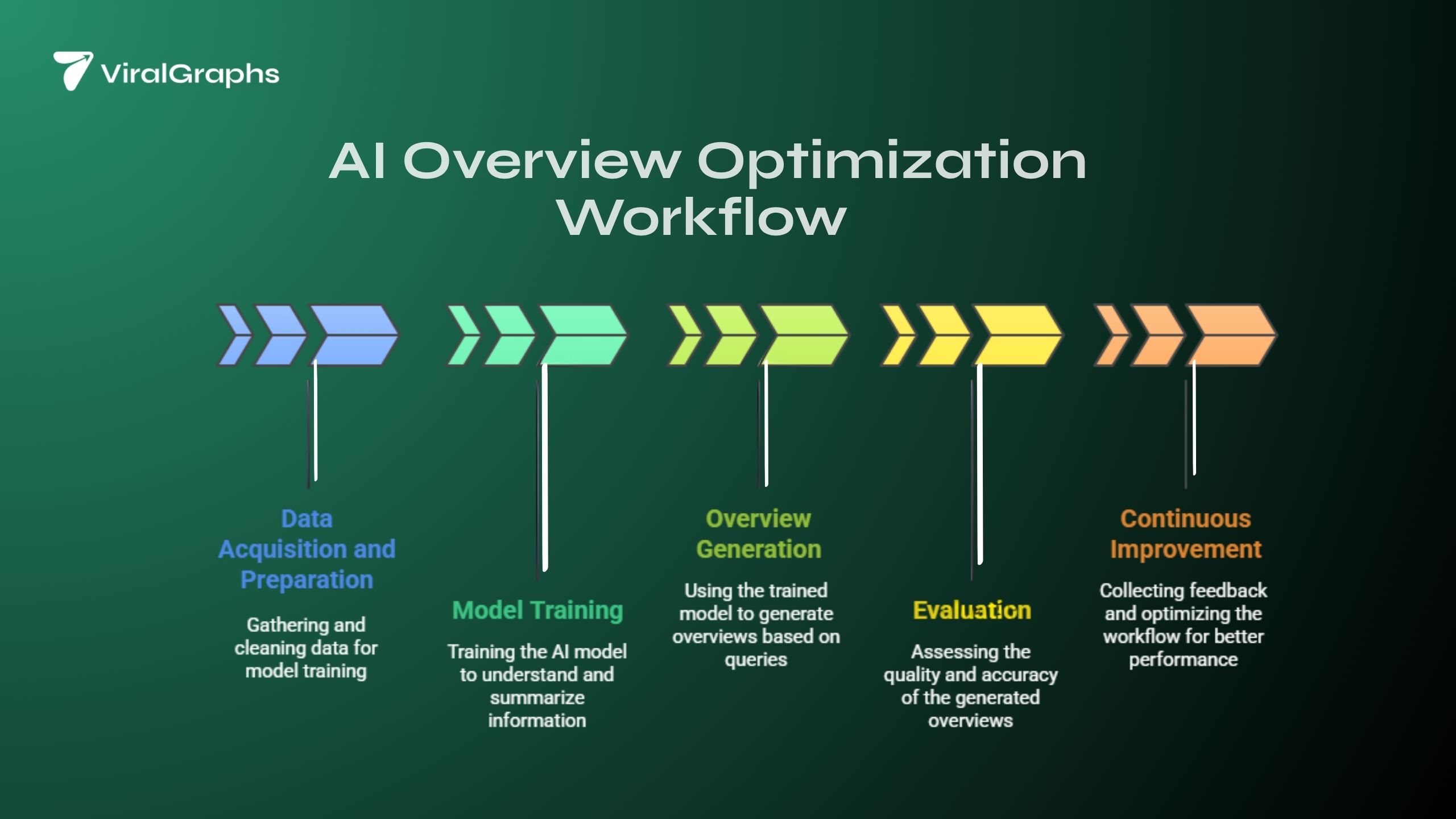
Entity optimization for AI Overviews ensures that Google’s AI and its Underlying Knowledge Graph associate your content, topics, and brand with the most relevant and trusted context.
In 2026, AI-generated search results depend heavily on entity recognition rather than focusing just on keywords. If your entity profile is not strong, Google AI Overviews may default to citing more established competitors, even when your content is better.
Example: If you publish “Best Wine Tours in France,” entity optimization means linking your content to recognized entities like “Bordeaux Wine Region” or “Champagne” via schema, Wikipedia, and internal linking, so AI connects your content to established geographic and cultural concepts.
Most websites never audit their entity footprint, assuming keyword optimization is enough. This leaves their brand invisible to AI because Google can’t verify who they are in the context of the query.
Traditional SEO was about writing for users first, and then adding keywords for search engines.
But in 2026, AI-first content flips the game. You still write for humans, but with proper structuring and presenting it in a way that Google’s AI can instantly identify, summarize, reference, and cite in Google AI Overviews.
Example: For the query “Best exercises for lower back pain,” start with a clear 2 to 3 sentence answer that lists exercises, followed by an expanded section with descriptions, benefits, and safety notes. This gives AI an extractable block for the overview while keeping depth for human readers.
Many marketers still treat AI Overviews like featured snippets and focus only on “position zero.” But AI Overviews want structured and high-quality content they can trust and expand upon.
Text isn’t the only thing AI extracts, but it also references visual content, infographics, and multimedia to provide high-quality answers. Optimizing visuals can give your brand an edge.
Example: A travel blog adding a map infographic with schema (“Best Cities in Europe”) is more likely to be cited by AI Overviews than a plain text-only list.
AI Overviews are powered by natural language processing (NLP), which prioritizes conversational and question-based queries over short keywords.
In 2026, AI-powered search optimization has become advanced enough that page experience metrics act as strong inclusion signals in Google AI Overviews’ inclusion.
If your site has a slow loading speed or offers a poor user experience, AI often prioritizes faster and cleaner sources, even if your information is better.
Example: A “Best Hotels in Tokyo” guide with instant-loading images and mobile-optimized booking buttons is more likely to get cited than a slower and image-heavy competitor site.
Many sites invest in SEO content but ignore technical SEO. In AI Overviews, a slow site is invisible, even if your content is the most relevant.
AI Overviews prefer fresh and updated content because it signals relevance and accuracy. Outdated pages are far less likely to be cited, even if they previously ranked well. Use ‘Updated on’ in the byline and ‘dateModified’ in the schema.
Example: A blog on “Remote Work Trends” updated with 2026 hybrid policies and fresh employee survey data will outperform a 2022 version with outdated insights.
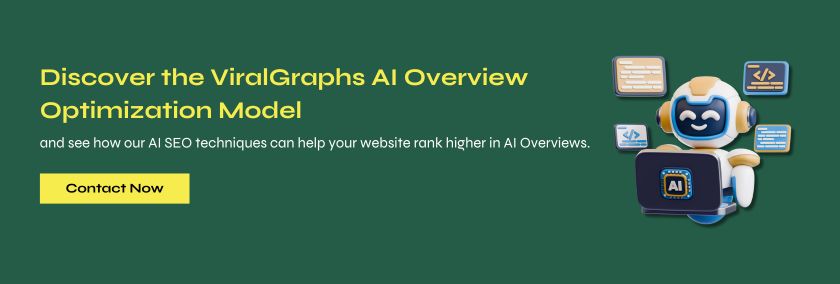
In 2026, on-page SEO for AI overviews is a competitive necessity. Search is shifting from links to answers. Brands that become extractable win disproportionate visibility.
The top 10 on-page SEO techniques for 2026 we explored are designed to help you optimize content for AI Overviews, increase your likelihood of being selected and attributed, secure high placement, and sustain rankings despite constant algorithm shifts.
Ready to dominate AI-powered SERPs? At ViralGraphs, we specialize in Google AI Overviews ranking tips, AI SEO ranking factors, and future-proof AI search visibility optimization.
Book your free AI SEO strategy session today and turn your website into an AI Overview magnet.
Ans. AI in 2026 is transforming SEO by prioritizing intent-based content, structured data, and entity optimization, ensuring brands rank in AI Overviews and deliver precise, context-rich answers to user queries.
Ans. To measure the impact of AI Overview inclusion, you must:
Ans. To stand out in AI Overviews SEO, it is essential to think and research the topics instead of individual keywords. It is important to focus on broader topics than exact keywords to Google link your content to relevant concepts, which providers structure to unstructured data and information.